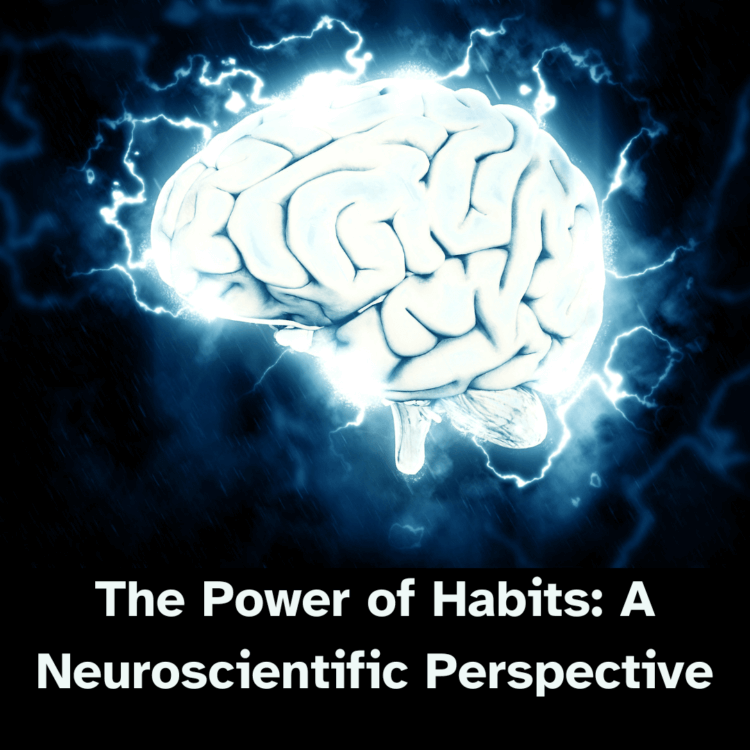Introduction
Habits are an integral part of our daily lives, shaping our actions and decisions, often without our conscious awareness. In “The Power of Habits: A Neuroscientific Perspective,” we embark on a journey into the intricate world of habits from a neurological standpoint. By delving into the fascinating science behind habit formation and change, this book offers valuable insights into how our brains work and how we can harness this knowledge to lead more intentional and fulfilling lives.
Habits Unveiled
To understand habits, we first need to define them. Habits are routines, behaviors, or actions that become automatic over time. These routines can be as simple as brushing your teeth in the morning or as complex as your daily exercise regimen. “The Power of Habits” takes us through the neurological processes that underlie habit formation and how these patterns become deeply ingrained in our brains.
Neuroplasticity and Habit Formation
One of the key insights this book offers is the concept of neuroplasticity, which refers to the brain’s ability to change and adapt. The text explores how our brains rewire themselves as we form and reinforce habits, leading to the establishment of neural pathways that guide our actions. Understanding the plasticity of the brain gives us hope that we can consciously mold our habits to better suit our goals and desires.
Habit Loops and Triggers
Authoritative figures on habits, such as Charles Duhigg, introduce the idea of the “habit loop.” This loop consists of a cue or trigger, a routine, and a reward. By dissecting this loop, the book demonstrates how recognizing and manipulating cues and rewards can help us alter our habits. This understanding is empowering, as it enables us to rewire our habit loops intentionally.
Breaking Bad Habits and Building Good Ones
“The Power of Habits” offers practical guidance on how to break bad habits and instill positive ones. Drawing on neurological insights, it outlines strategies like habit substitution, willpower enhancement, and environment manipulation to facilitate habit change. The book also delves into the importance of belief and community support in the process of habit transformation.
Applications in Daily Life
From personal well-being to professional success, this book explores how the knowledge of habit formation can be applied to various aspects of our lives. It discusses how organizations, marketers, and advertisers leverage these insights to influence consumer behavior, shedding light on the pervasive impact of habits in our society.
Conclusion
“The Power of Habits: A Neuroscientific Perspective” is a valuable resource for anyone seeking to understand, change, or leverage the power of habits. By demystifying the neuroscientific aspects of habit formation and change, it empowers readers to take control of their behaviors and make positive, intentional choices.
In a world where habits can determine our success, health, and happiness, this book serves as a beacon of understanding and hope. It illustrates that, with the right knowledge and strategies, we can break free from the limitations of our routines and harness the incredible power of our brains to build a life that aligns with our aspirations.










No Comments
Leave Comment